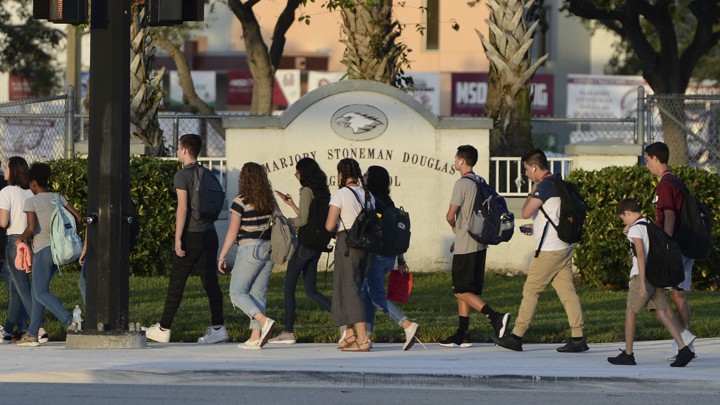For some retailers, summertime is a nightmare because their sales take a nosedive. Therefore, the heavy back to school shopping season is a good new for them to rise back the sales.
Back-to-School Statistics
Similar to the fact that shoppers made plans to shell out more funds in stores during the 2018 holiday season than the previous year, a strong pattern in elevated back-to-school retail spending continues. According to JLL’s new 2019 Shopper Survey, parents have set their sight on spending more on back-to-school shopping in 2019 than they did in 2018.
The company conducted a survey on 1,000 parents of school-age children ranging from elementary school kids to college-age students to find out how they intend to shop for back-to-school season.
In this season, the number of high spenders, those who are budgeting more than $500, increased to 19.3 percent compared to 16.7 percent in 2018. Plus, the bulk of shoppers still expect to spend $250 or less, the group decreased in size from 61.4 percent in 2018 to 54.9 percent in 2018. For the group planning to spend between $251 and $500, which jumped from 21.9 percent to 25.8 percent, year-over-year.
However, even though more parents will spend more money on back-to-school clothing and supplies this year, low prices remain the top priority. Specifically, 34.1 percent of respondents rank it as the most important. The second most important factor was a wide selection/one-stop shopping. It accounts for 16.7 percent of survey participants’ votes.
Discount stores Walmart and Target will continue to capture the dollars of the vast majority of shoppers. 71.3 percent of respondents will choose the retail giants, which is a slight jump over last year’s 71 percent.
Shopping Trends
Shopping online is a trend that you have to catch up because families find it easier and time-saving, with department store sales continuing to fall and eCommerce shopping continuing to rise.
As we can see from the above statistics that giant retailers are more competitive than other small and medium retailers. So offering discounts will help you to gain more attention from parents. And in the UK, there is a renewed migration to discount stores as families are on the lookout for discounted offerings on basics such as school supplies, sports shoes, etc.
The reason for this fact is that the price increases tend to far outstrip the income growth averages these families are seeing. Stationary and apparel, in particular, are two segments that parents in the UK want to cut down the costs, so they can fuel the move to discount outlets. Ultra-low uniform pricing is being used to accelerate sales growth at major UK retailers Aldi and Lidl, too.
You might also interested in 6 Influencer Marketing Platforms to Start Your Marketing Campaign
Coupons are King
Because of costs rising and income staying mostly steady, parents and kids alike are looking for good deals for their back to school purchasing. And, in fact, more than 30% of Americans said that mobile coupon apps were their go-to option for finding discounts. Others are looking online, in newsletters, on social media and even reading their newspapers to grab those valuable coupons.
Amazon Prime membership is a way that families in the UK consider to make purchases and save on shipping. With more than 30% of families in the UK having a Prime membership, so of course that they will take advantage of this convenient and cost-effective option for their purchasing.
Also, supermarkets often utilize loyalty cards in particular. The majority of UK customers said that loyalty programs and discounting have an impact on their decision where they spend their retail dollars.
Parents Listen to What Kids Want
In the report of JLL’s survey, parents who plan to spend more funds on goods this back-to-school season will also spend more time shopping. For big spenders, they will go from store to store to store and then some, not to find a deal but to find exactly what their kids desire.
For this reason, 67.8 percent of students will have some input in which items parents buy and/or the stores they buy them from. And it’s an obvious fact that college-age kids will get more say in decision-making than elementary school kids.
Besides, the survey also shows that there are different store preferences for different grade levels. For illustrate, parents of elementary school children prefer Walmart. On the other end of the spectrum, parents of college-age kids favored Target. And for all grades, Walmart, Target, Amazon and Kohl’s are among the parents’ top-five preferred retailers.



